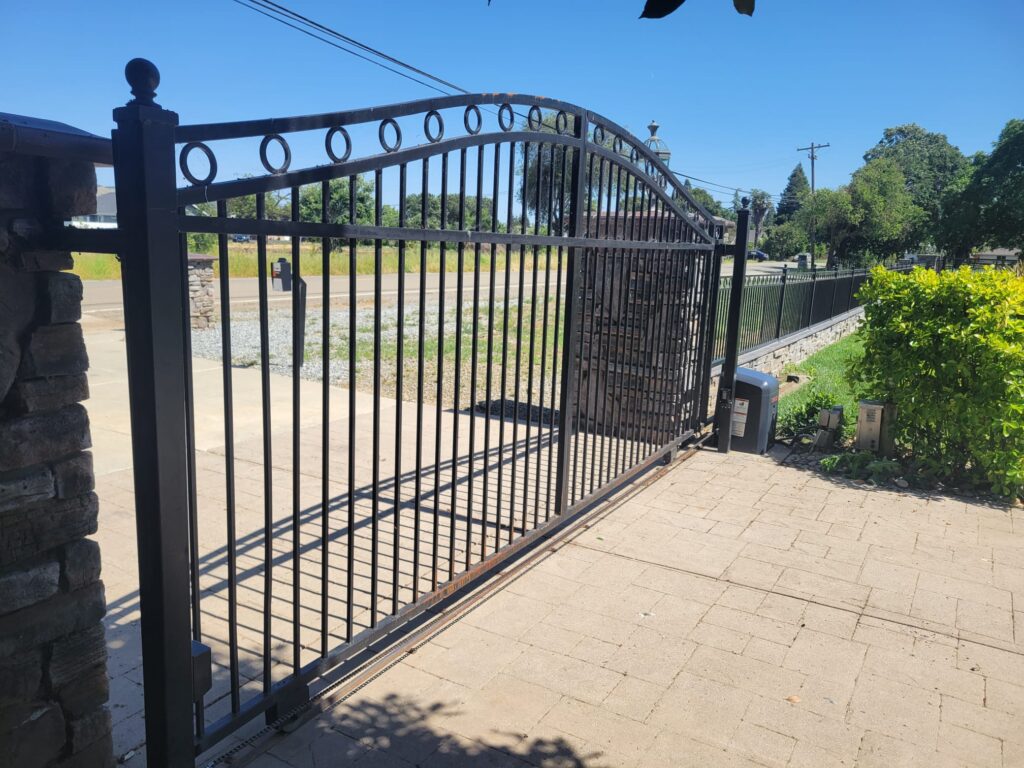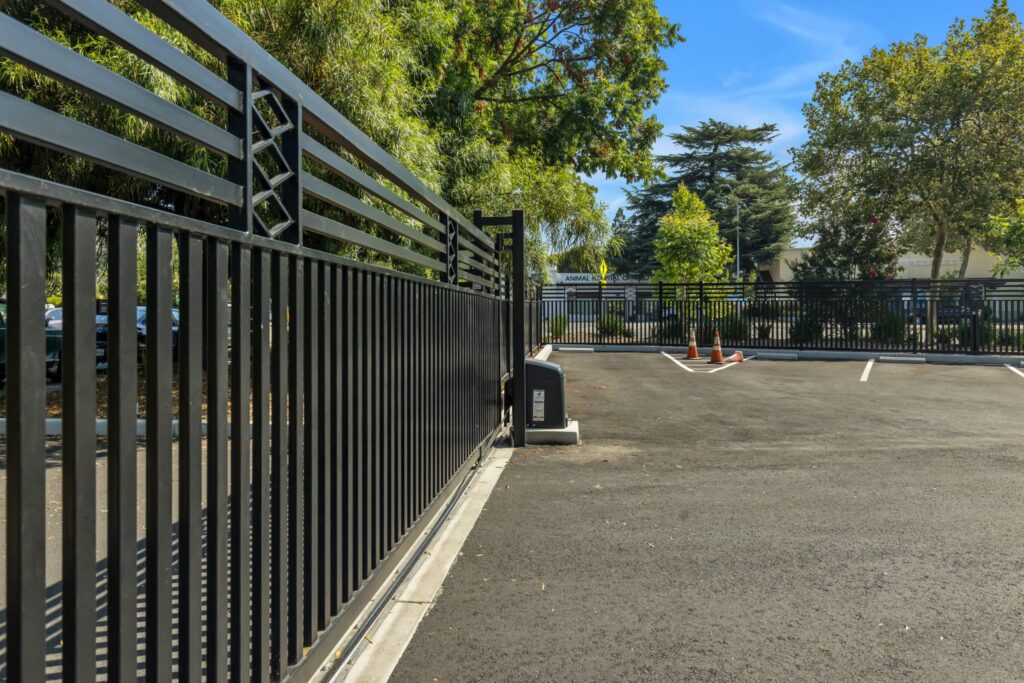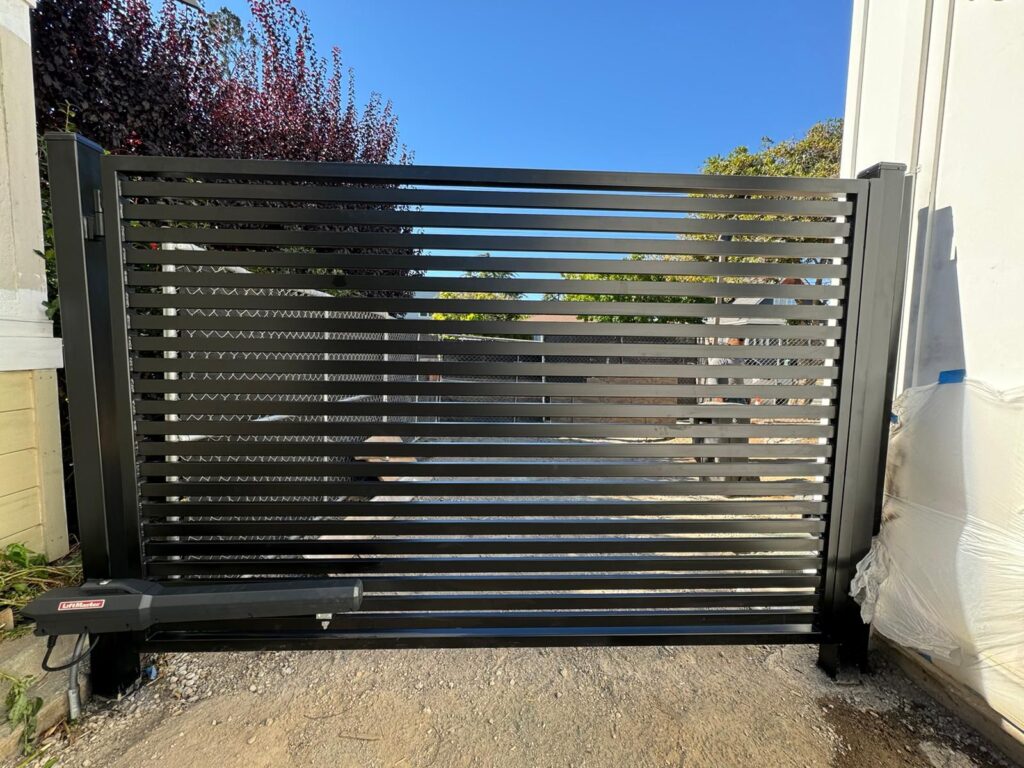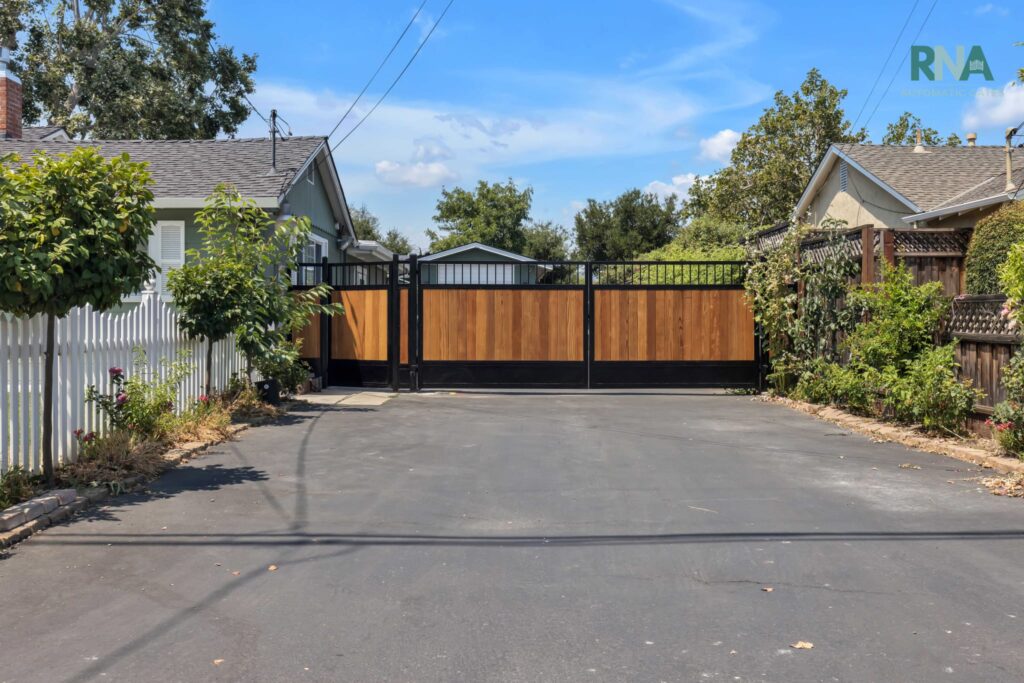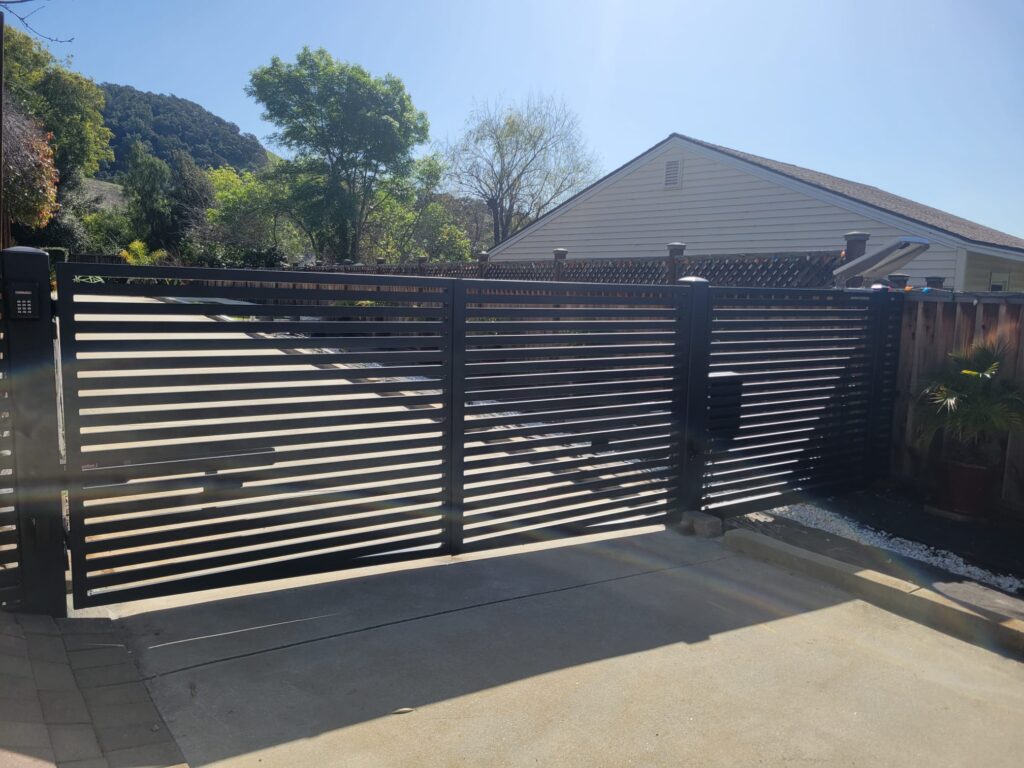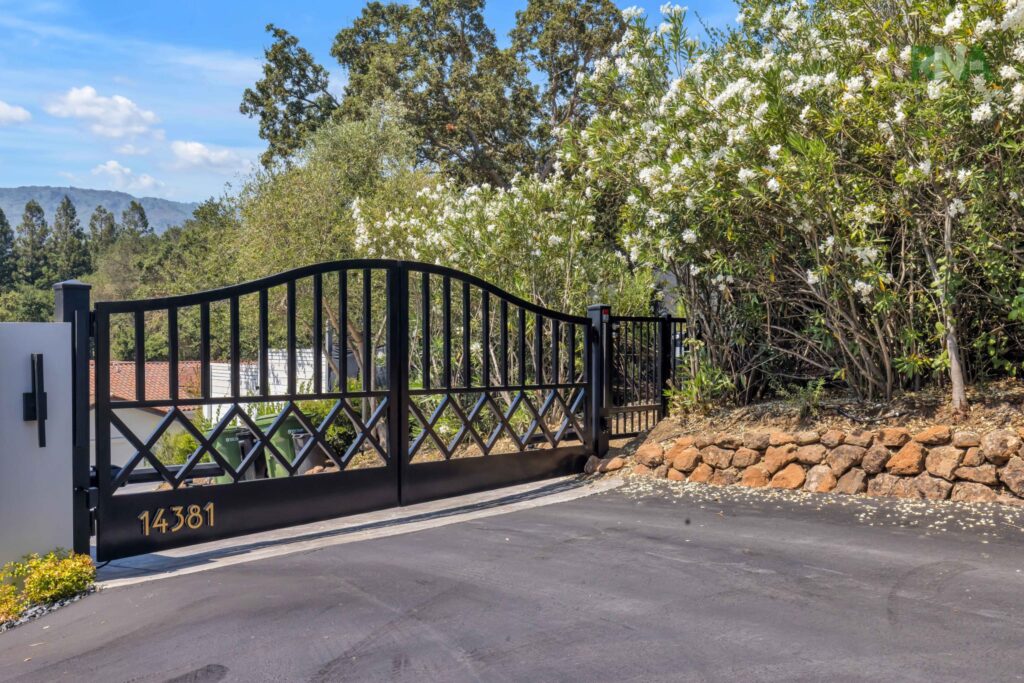Designing Gates That Don’t Obstruct Century-Old Trees in Menlo Park
Blog & News Designing Gates That Don’t Obstruct Century-Old Trees in Menlo Park jay jay Dec 26, 2025 Article, Uncategorized For homeowners exploring gate installation in Menlo Park, there’s a special challenge that comes with living among the city’s century-old trees. These tall, beautiful trees tell stories of Menlo Park’s past and are protected by local laws. When designing menlo park gates, it takes care, creativity, and knowledge to make sure these trees stay healthy and untouched. At RNA Automatic Gates, we build tree safe gates that work beautifully while protecting Menlo Park’s natural treasures. Heritage Matters: Understanding Tree Protection Laws in Menlo Park Menlo Park has strict rules that protect old and historic trees. These laws, known as heritage tree laws, make sure big and special trees are safe from harm. If a tree’s trunk is at least 15 inches wide, measured about four feet above the ground, it is considered a “heritage tree.”Before you do any construction, including putting up a gate or fence, you need to check whether your property has one of these protected trees. If it does, you must get permission from the city before doing any work near it. Cutting, trimming, or even digging close to the roots without permission can result in big fines and, more importantly, damage a tree that could be over 100 years old.Working with professionals who understand these rules makes things easier. RNA Automatic Gates works closely with arborists and city inspectors to make sure every gate project respects the tree laws. The goal is to build gates that fit perfectly while keeping each heritage tree strong and safe. Surveying Root Zones Before Gate Planning Before installing a gate, it’s smart to study what’s happening underground. Tree roots can stretch much farther than people expect. Some roots reach two or three times wider than the tree’s branches. These roots feed the tree and keep it standing. If digging or drilling happens too close, it can hurt the roots and make the tree weak or sick.This is why root zone planning is so important. A professional arborist can help find out where the main roots are and create a map that shows the “no-go” areas. This map is called the Critical Root Zone (CRZ). Once you know where the roots are, gate installers can plan how to build around them instead of through them.RNA Automatic Gates always checks these zones before starting work. If a post hole is too close to a root, the design can be adjusted. With the right planning, a strong gate and a healthy tree can share the same space peacefully. Gate Placement Techniques That Respect Canopy Spread When designing eco sensitive gates, where you place the gate makes a big difference. The goal is to give the tree plenty of breathing room, both above and below the ground. Offset placement helps when branches are too close. Moving the gate slightly to one side can keep it clear of the canopy. Custom widths let you fit the gate naturally between tree trunks or roots without cutting or trimming anything. Shorter posts or lower hardware can make the gate blend into the space under the branches. Each design choice helps the tree stay undisturbed while the gate functions smoothly. A good placement means you won’t need to prune or cut back branches year after year. Floating Foundations: Engineering Around Tree Roots Traditional gates use deep concrete posts for support. But for areas with old trees, that method can be harmful because it means digging into root zones. A better way is to use a floating gate base.Floating foundations sit lightly on the surface or use shallow footings. This design spreads the gate’s weight across a larger area without cutting into deep soil. It’s safe for roots and works well even when the ground is uneven or filled with tree roots.This type of base is also easier to repair or adjust later. If the soil moves or roots grow larger over time, the foundation can shift slightly without cracking or breaking. RNA Automatic Gates often uses this method for menlo park gates near protected trees. It’s gentle on nature but still sturdy enough for daily use. Material Choice for Flexible Tree-Safe Installs Choosing the right materials can make a big difference when installing tree safe gates. Heavy materials like solid steel can put pressure on roots if they’re not anchored deep in the ground. Lightweight and flexible materials are a better choice for these delicate projects. Aluminum is light and strong, and it doesn’t rust easily. It’s perfect for areas that need careful handling. Composite materials can look like wood or metal but are lighter and need less digging for installation. Blended timber or treated wood brings a natural gate design that matches the beauty of old trees. Using the right material helps balance function and protection. The goal is to create a gate that lasts without harming what’s living around it. Natural Aesthetic Pairings with Historic Trees When your property has a huge oak or redwood, the gate should look like it belongs there. Natural gate design is about blending modern craftsmanship with the calm beauty of old trees.Some design ideas include: Wooden panels with black iron frames that bring warmth and timeless style. Horizontal cedar boards that mirror the natural lines of the landscape. Metal gates with cut-out leaf or vine patterns that echo the shape of nearby branches. These designs help the gate become part of the scene instead of standing out awkwardly. Menlo Park’s tree-lined streets deserve gates that honor that natural rhythm. Looking for Affordable Garage & Gate Repairs? We offer quality service at competitive rates. Call (650) 912-1200 today to schedule your repair. Smart Access Without Trenching: Wireless Gate Tech Running power cables underground can be risky near tree roots. The digging can cause long-term damage. That’s why wireless gate system technology is such a great option for historic tree property owners.Wireless systems remove the need for trenching. Instead, the gate
Designing Gates That Don’t Obstruct Century-Old Trees in Menlo Park Read More »

